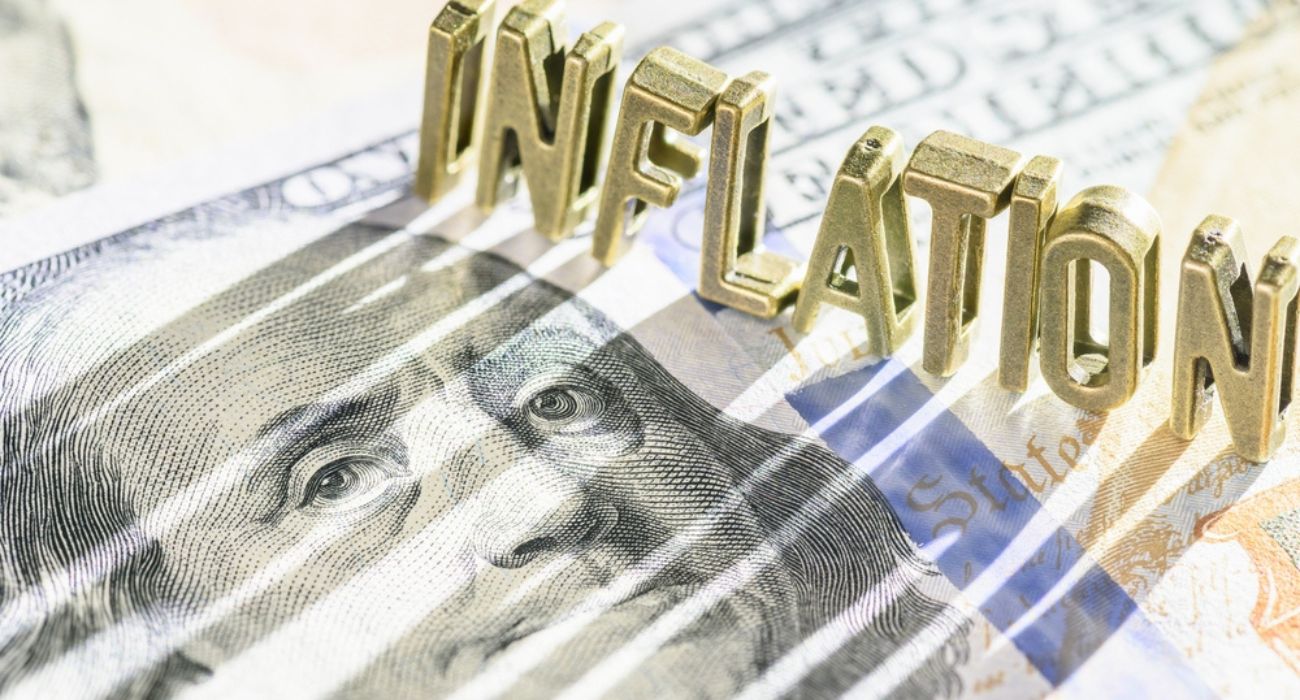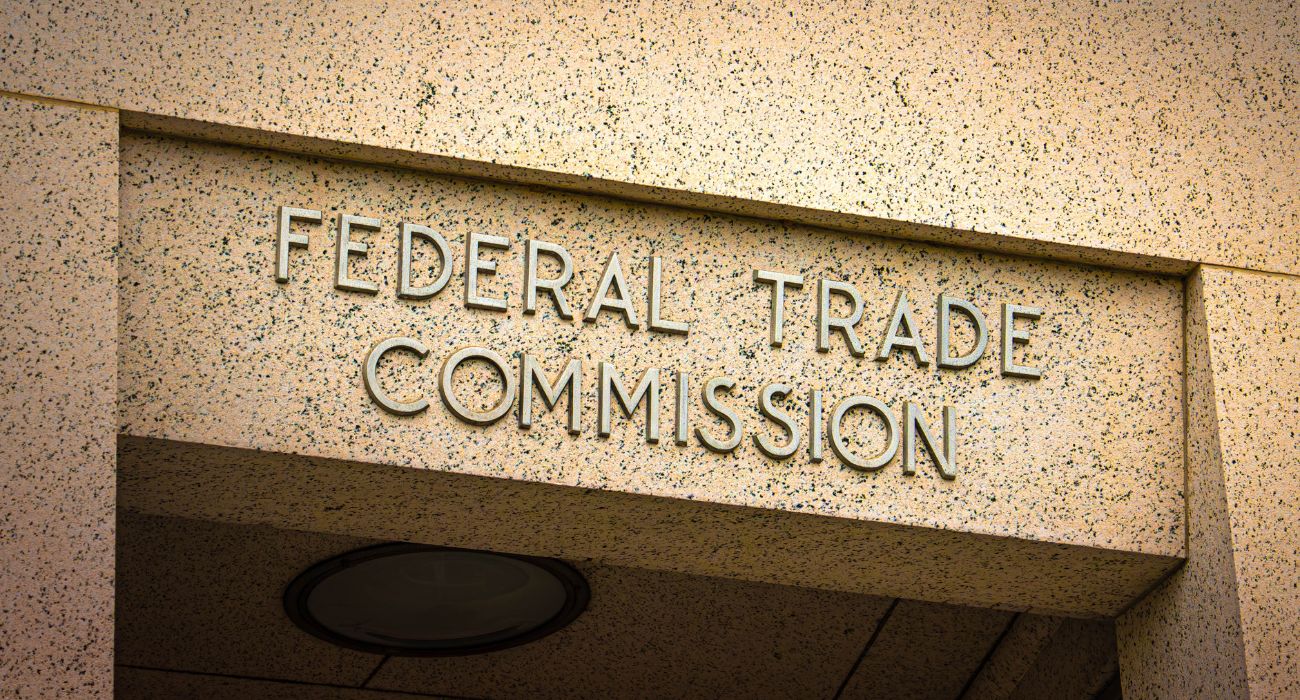Inflation came in hotter than expected in December.
Inflation edged higher by 0.3% in December and rose 3.4% for the full year of 2023, up from 3.1% in November and above consensus expectations of 3.2% for the month, the U.S. Bureau of Labor Statistics reported Thursday.
Shelter was again the biggest driver of inflation in December, contributing to over 50% of the headline increase. The energy index (+0.4%) also rose during the month due to increases in electricity (+1.3%) and gasoline (+0.2%), offsetting the decrease in natural gas (-0.4%).
“The December 2023 CPI inflation results interrupted what had been three consecutive months of a downward trend in year-over-year topline CPI growth, falling from 3.7% in August to 3.1% in November before increasing modestly to December’s 3.3% pace,” wrote PNC Senior Economist Kurt Rankin to The Dallas Express.
“While the December report is not encouraging, the results are also not cause for significant concern that progress on taming inflation is set to reverse course. Oil prices remain subdued – despite ongoing geopolitical risks – and producer prices show very little momentum regarding production cost pass-through,” detailed Rankin.
Though the Fed has indicated that rate cuts were in the 2024 pipeline, participants have also indicated that they would need to see consistent evidence that inflation was trending to the U.S. Central Bank’s 2.0% target goal.
Core CPI, which excludes food and energy prices, rose 0.3% in December, the same monthly increase as in November. Over the last 12 months, core inflation has increased by 3.9%, a slight decrease from the 4.0% year-over-year increase in November but still above the Fed’s long-run goal of 2.0% over time.
Overall, the seasonally adjusted indexes with increases in December include shelter (+0.5%), motor vehicle insurance (+1.5%), and medical care (+0.6%). According to the report, the index for household furnishings and operations (-0.4%) and the index for personal care (-0.3%) were among those that decreased over the month.
On an annual basis, the indexes with the biggest increases in 2023 were motor vehicle insurance (+20.3%), recreation (+2.7%), personal care (+5.0%), and education (+2.4%).
“As was the case throughout 2023, inflation’s trend entering 2024 will rely almost exclusively on consumer demand trends,” wrote Rankin. “If exhausted consumer savings and rapidly rising debt loads tamp down households’ consumption, inflation will have a clear path toward the Fed’s goal of a 2.0% average pace.”
Since December’s topline and core inflation results remain well off from the Fed’s target, Rankin suggested that caution is warranted regarding expectations for early or aggressive Fed rate cuts in 2024.
The odds of a rate cut at the next policy meeting stood at 2.6% following the report’s release, while the odds of interest rates remaining unchanged was 97.4%, according to the CME FedWatch Tool.






